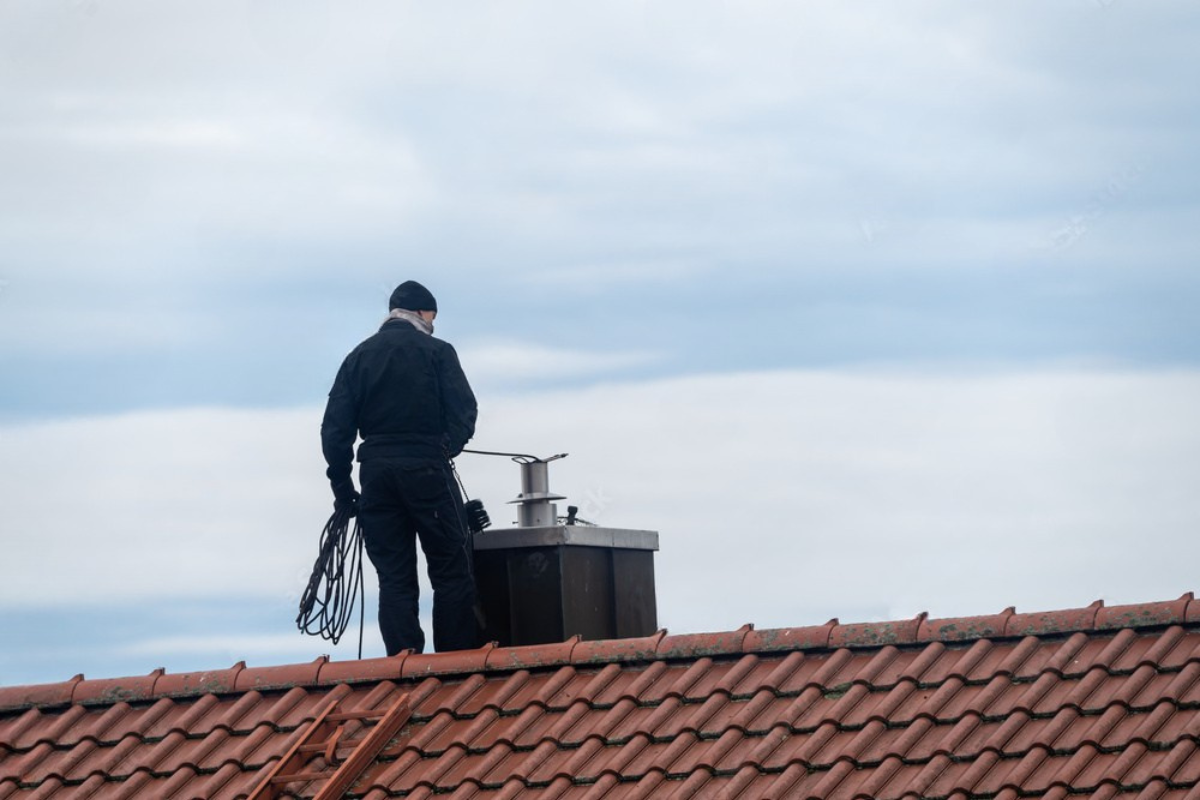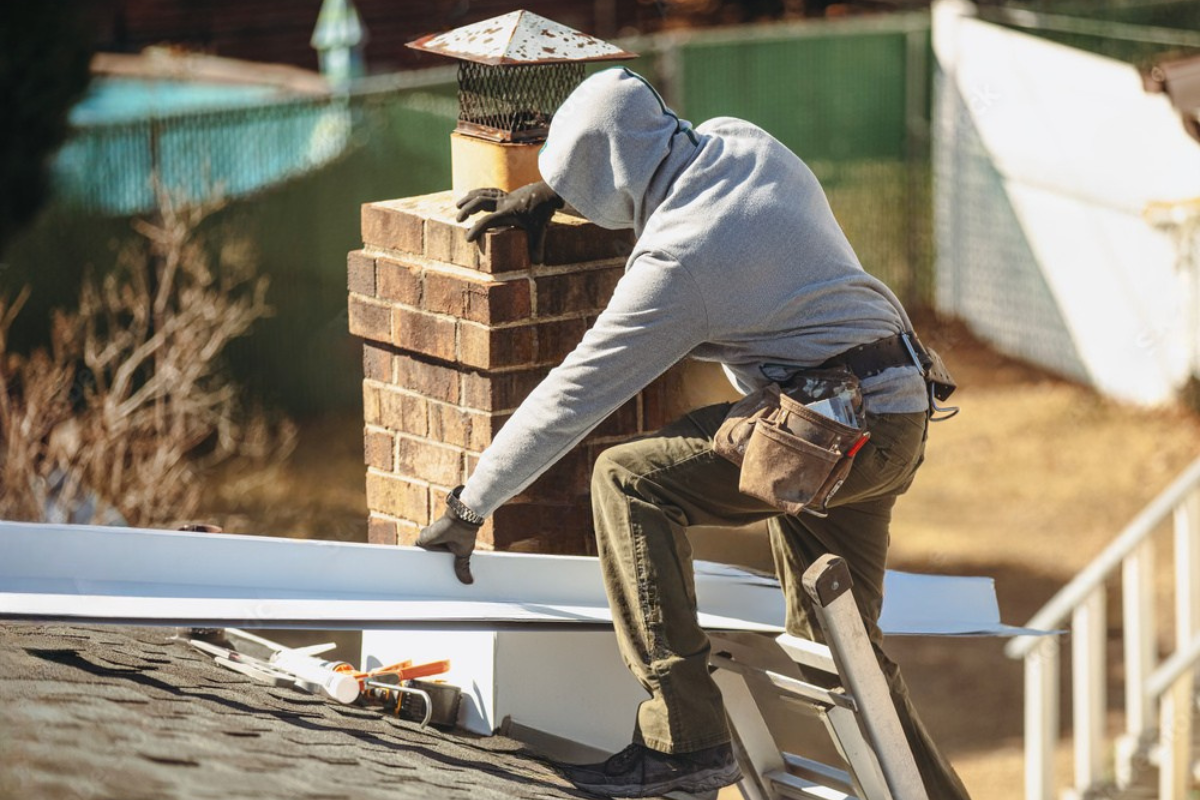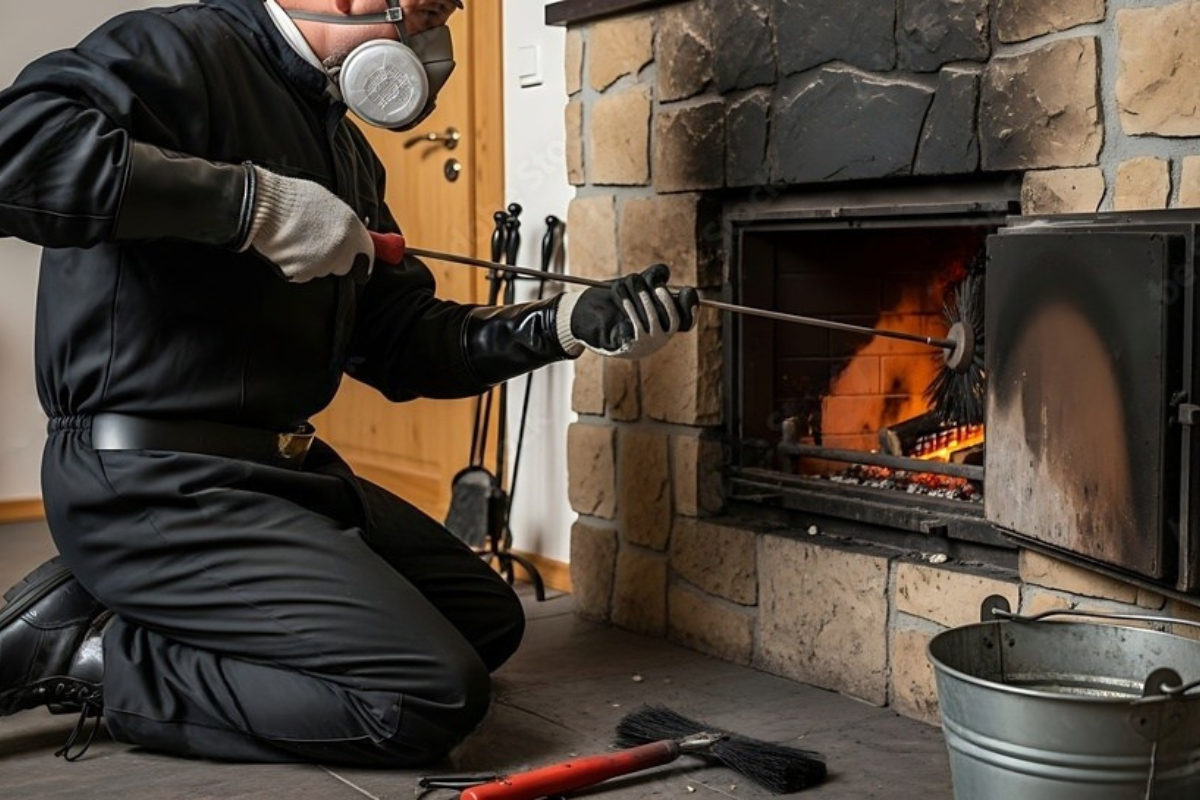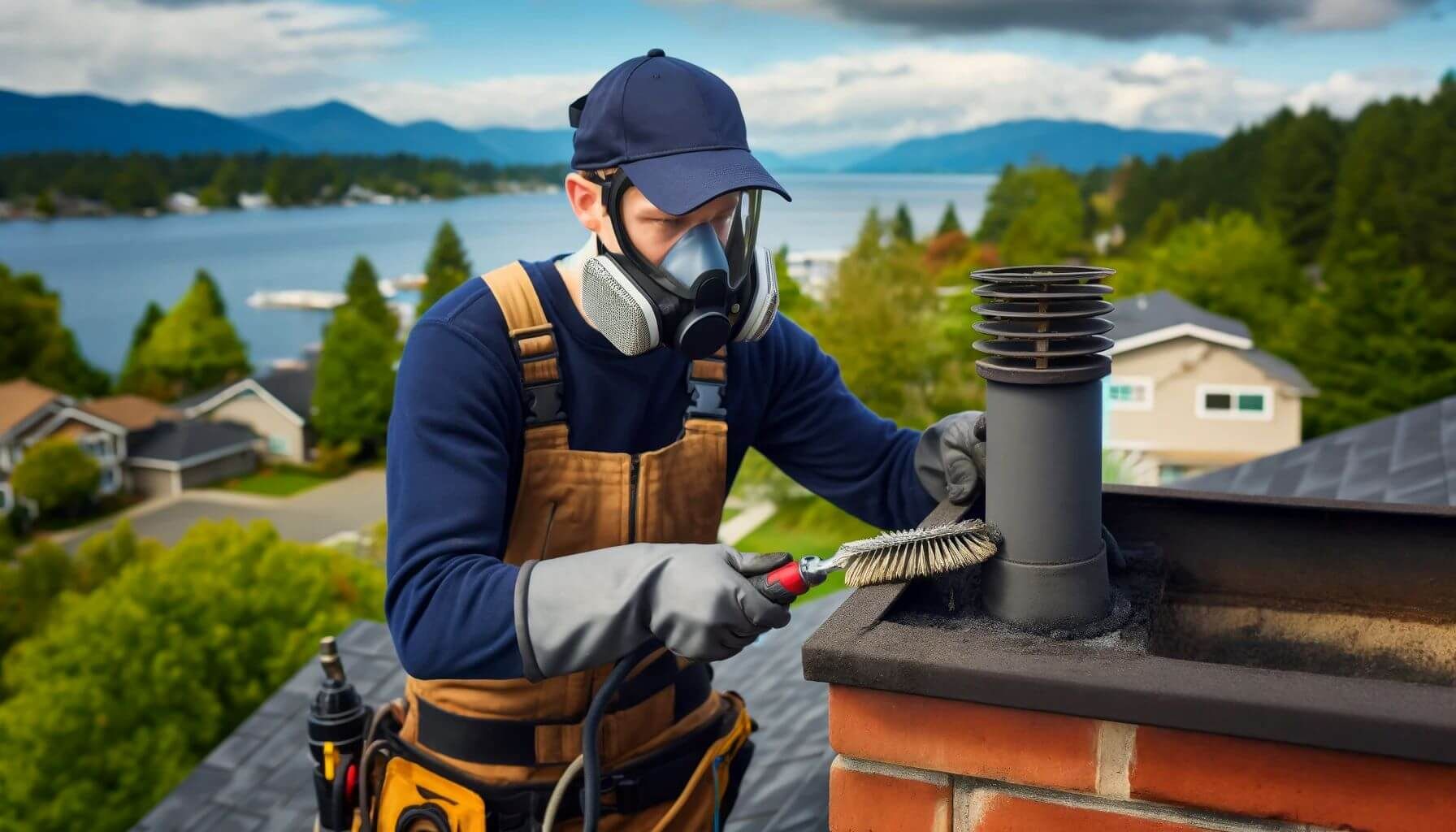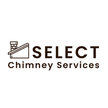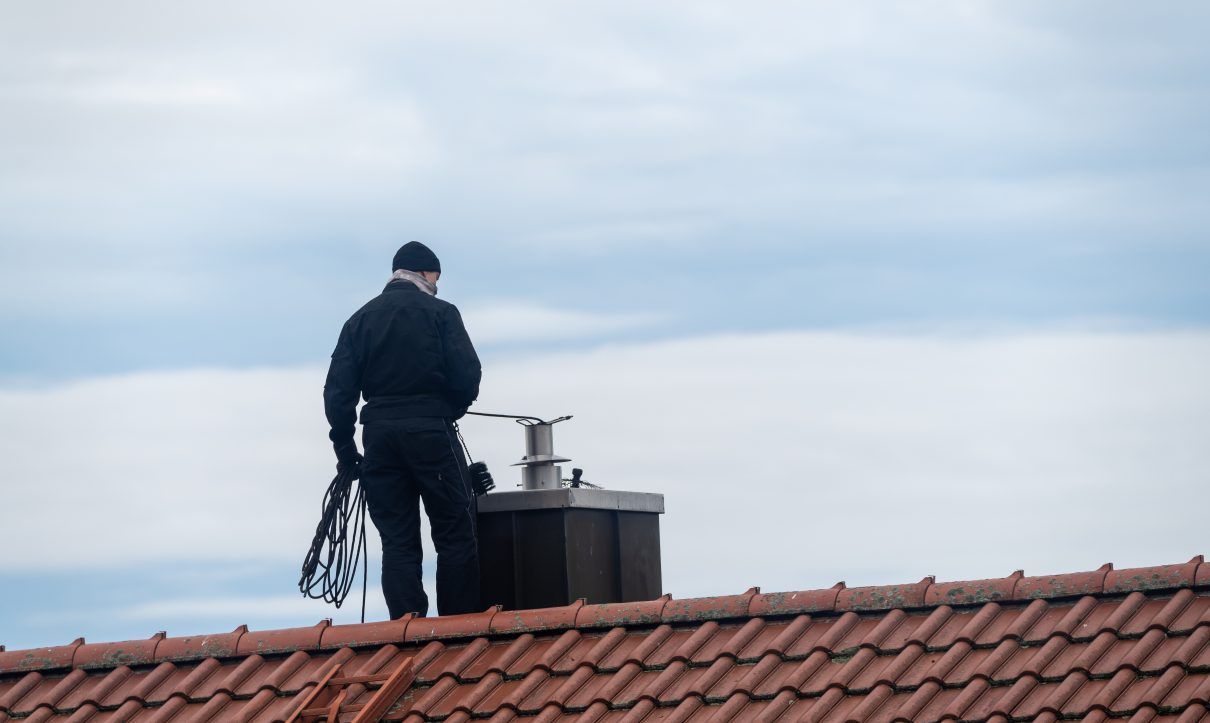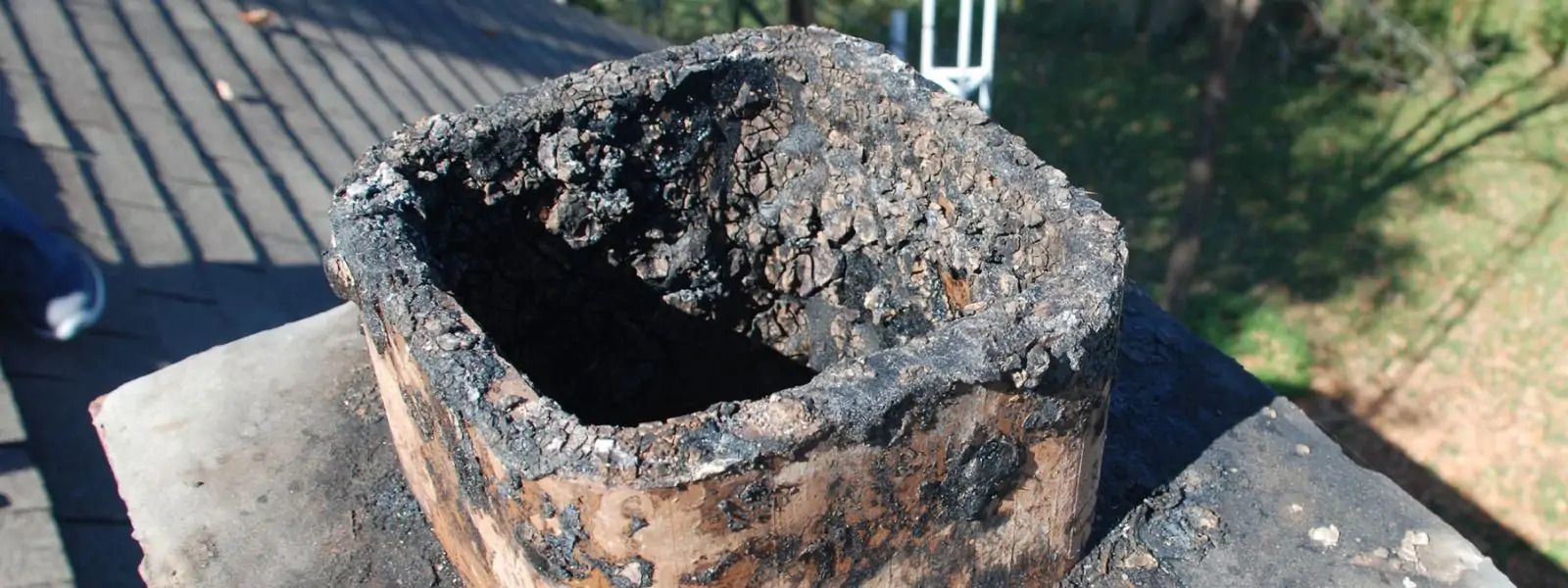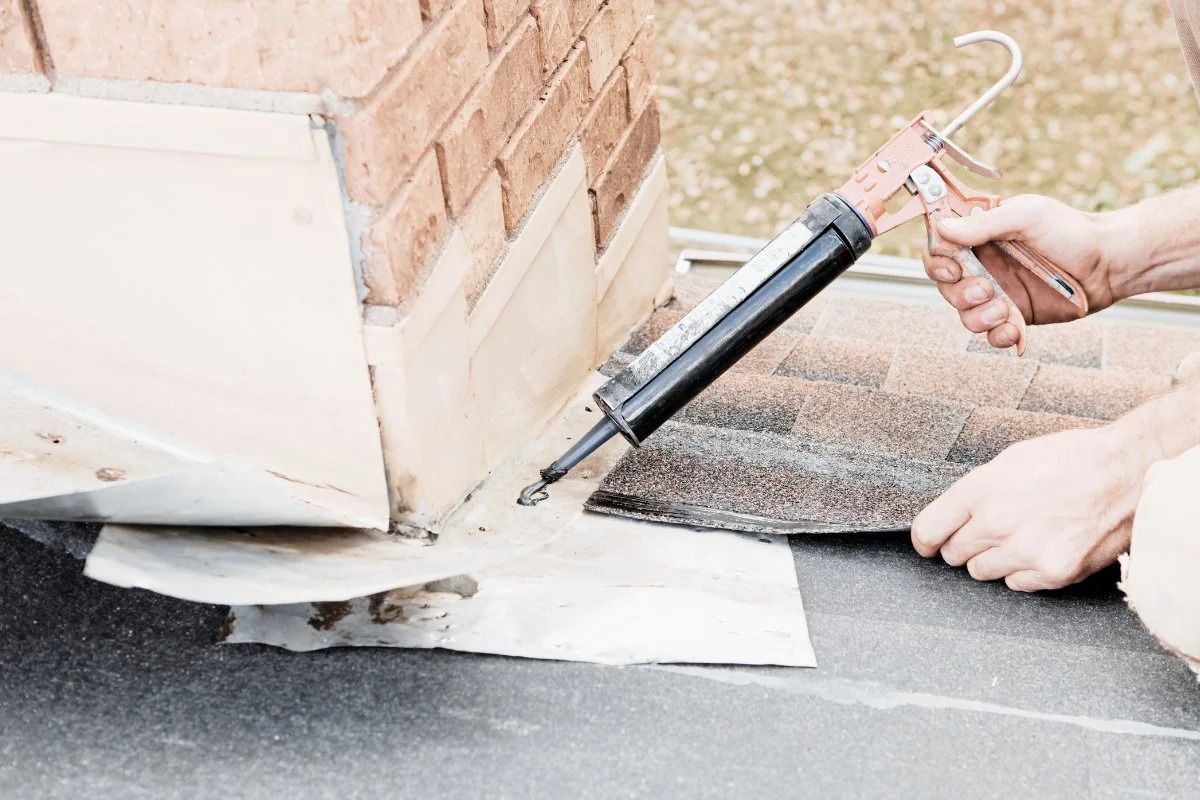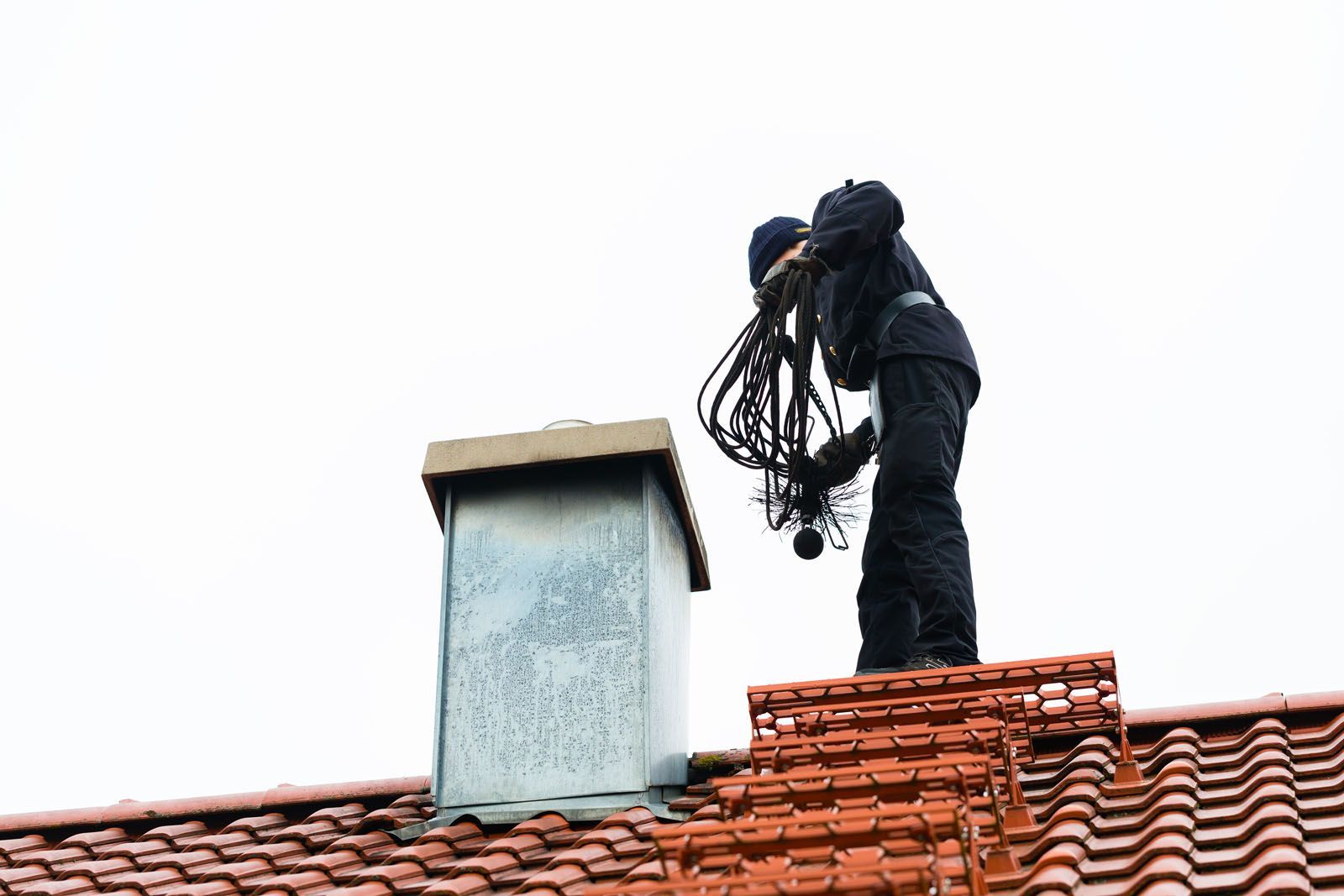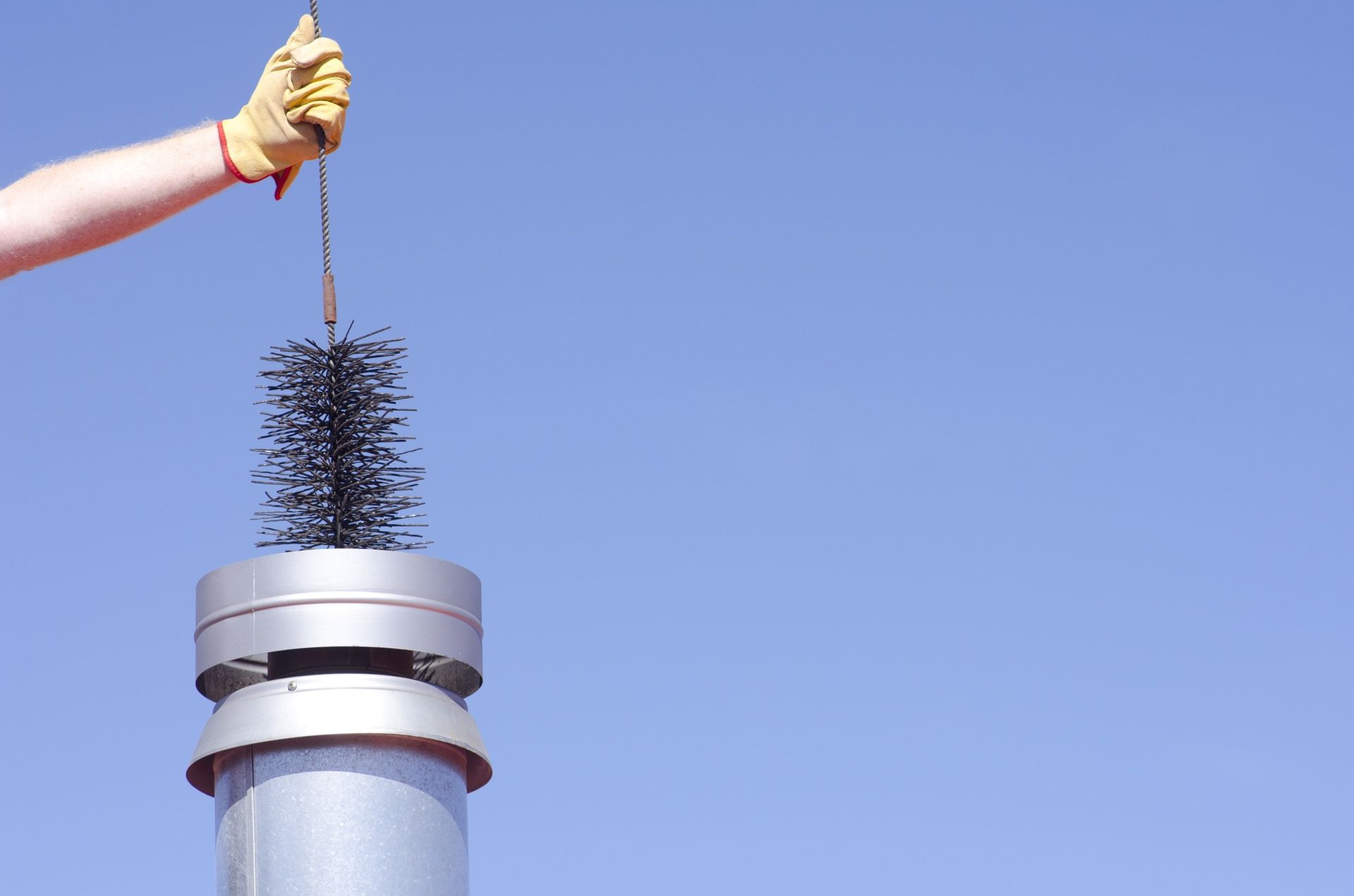The Right Way to Repair Your Fireplace: Expert Tips and Steps
Fireplaces offer warmth, ambiance, and a sense of comfort during cold seasons. But over time, even the sturdiest fireplaces start to show wear. Cracks, drafts, or strange odors can signal it's time for repairs. Doing it right isn’t just about comfort—it’s about safety. This guide walks you through the expert-recommended process for repairing your fireplace correctly and efficiently.

Signs Your Fireplace Needs Repair
How do you know something’s wrong with your fireplace? Here are a few warning signs:
- Cracked bricks or mortar joints
- Smoke entering your home
- Lingering odors even after the fire is out
- Rust or moisture in the firebox
- Poor draft or difficulty starting a fire
Even one of these signs suggests it's time for a full inspection. Ignoring small issues can lead to bigger, more dangerous problems down the line.
Common Fireplace Problems and Their Causes
Fireplaces endure a lot—extreme heat, smoke, ash, and moisture. Here are some common issues:
- Creosote buildup from unburned wood gases
- Damaged flue liners that can leak smoke or gas
- Cracked fireboxes due to years of thermal stress
- Worn-out chimney caps that let water in
- Loose or deteriorating mortar
Knowing the cause is the first step in fixing the problem for good.
Essential Tools and Safety Gear for Fireplace Repair
Before grabbing a hammer, make sure you have the right tools and protective gear:
Tools:
- Cold chisel
- Masonry hammer
- Wire brush
- Fireproof caulk
- Trowel
- Screwdriver set
Safety Gear:
- Heat-resistant gloves
- Dust mask or respirator
- Safety goggles
- Steel-toe boots
Working with fire elements is no joke—always suit up for safety.
Step-by-Step Guide to Fireplace Inspection
A thorough inspection is the first thing professionals do. Here's how you can do it yourself:
- Turn off gas (if applicable) and ensure the fireplace is cool.
- Check for visible cracks inside the firebox.
- Inspect the chimney exterior for loose bricks or mortar.
- Open and close the damper—should move smoothly.
- Look up the flue using a flashlight for blockages or soot.
If anything seems off, it's time for repairs or a professional consultation.
How to Repair Brick Fireplaces
Brick fireplaces are classic but can be vulnerable over time. For small repairs:
- Repointing mortar joints: Use a chisel to remove damaged mortar and apply fresh, heat-resistant mortar.
- Replacing bricks: Carefully remove damaged bricks and replace with fire-safe ones using refractory mortar.
Always let the mortar cure completely before using the fireplace again.
Fixing a Cracked Firebox
A firebox holds the actual fire, and cracks here can be dangerous. Follow these steps:
- Clean the area thoroughly.
- Use high-temperature refractory cement to seal minor cracks.
- For larger issues, consider installing a firebox insert or calling a technician.
The firebox is no place to cut corners—it's the most exposed part of your fireplace.
Repairing the Chimney Crown and Cap
The chimney crown sits on top, keeping rain and debris out. Here’s how to repair it:
- Clean the crown area
- Seal small cracks with crown sealant
- Replace the chimney cap if rusted or missing
If water leaks into the chimney, it can cause mold and structural damage, so this step is critical.
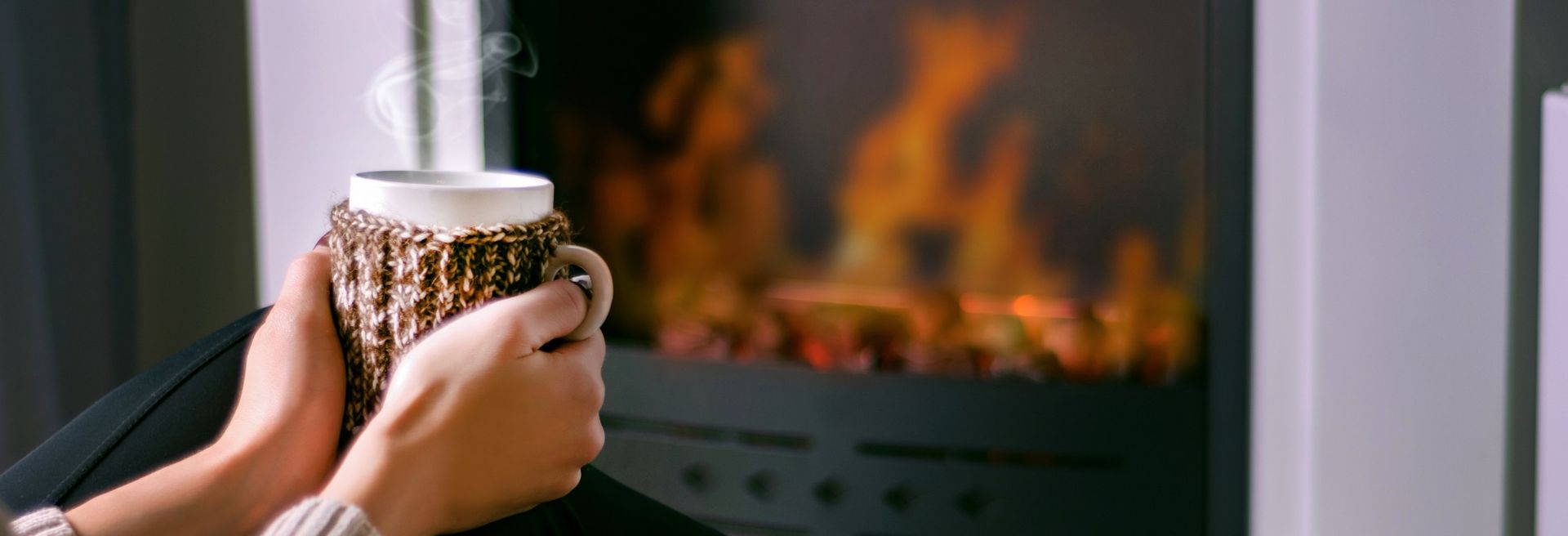
Fireplace Damper Repair and Replacement
A faulty damper can cause smoke to enter your home. Here’s how to fix it:
- Clean it first to remove soot and creosote.
- Lubricate the hinge if it’s stuck.
- Replace it entirely if it’s warped or broken.
A well-functioning damper controls airflow and heat efficiently.
When to Replace vs. Repair Your Fireplace
Sometimes, repairing just isn’t enough. Consider replacement if:
- The structure is severely cracked
- You’ve had repeated problems
- There’s extensive water or smoke damage
- You want to upgrade to a modern insert
Talk to a Chimney Service expert before making big decisions.
Expert Tips for Long-Lasting Repairs
- Burn only seasoned hardwoods to reduce creosote.
- Schedule annual chimney inspections
- Keep the fireplace clean
- Use a chimney cap to protect from rain and pests
- Apply sealant to exterior masonry
Small habits go a long way in preventing major repairs.
Fireplace Safety Tips After Repairs
Once your fireplace is back in shape:
- Wait 48 hours before lighting a fire after major repairs
- Test smoke and carbon monoxide detectors
- Keep flammable objects at least 3 feet away
- Never leave a fire unattended
These simple steps can prevent accidents and extend the life of your fireplace.
How Weather Affects Fireplace Wear and Tear
Your fireplace is exposed to the elements, especially the chimney. In colder climates:
- Water can freeze in cracks, causing them to expand
- Heavy rain can erode mortar
- Wind can loosen chimney caps
Perform seasonal checks to catch weather-related damage early.
Hiring a Professional Fireplace Technician
DIY has its place, but some repairs need expert hands. Hire a professional if:
- You suspect gas leaks
- There’s a major structural crack
- The flue is blocked or damaged
For reliable work, reach out to Chimney Service. Their team handles everything from inspections to full rebuilds.
How to Schedule a Fireplace Repair Service
Here’s how to get the ball rolling:
- Check your schedule for availability
- Call or use an online booking system
- Describe the issue clearly
- Ask for a written estimate
Don’t delay—catching problems early saves money and stress.
Contact
Need to speak to a chimney repair expert? Use this Contact Page to reach out to the professionals who can ensure your fireplace is safe, efficient, and ready to use.
Frequently Asked Questions
How often should I inspect my fireplace?
At least once a year, preferably before winter starts. More often if you use it heavily.
Can I repair chimney cracks myself?
Small cracks can be patched, but large structural issues should be left to pros.
Why is there a smell coming from my fireplace?
This could be creosote buildup, moisture, or animal nests. An inspection will reveal the cause.
What type of mortar should I use?
Use refractory mortar that withstands high temperatures and adheres to firebrick.
Is chimney repair covered by insurance?
It depends. Damage from fire may be covered, but regular wear and tear usually isn't.
Can I use my fireplace right after repair?
Wait at least 24–48 hours to allow mortar and sealants to cure properly.
Conclusion
Knowing the right way to repair your fireplace saves you time, money, and potential danger. Whether you're sealing a small crack or hiring a pro for a full restoration, each step matters. Stay proactive with inspections and maintenance. And when in doubt, always reach out to experienced professionals like Select Chimney Services for peace of mind.
Links

